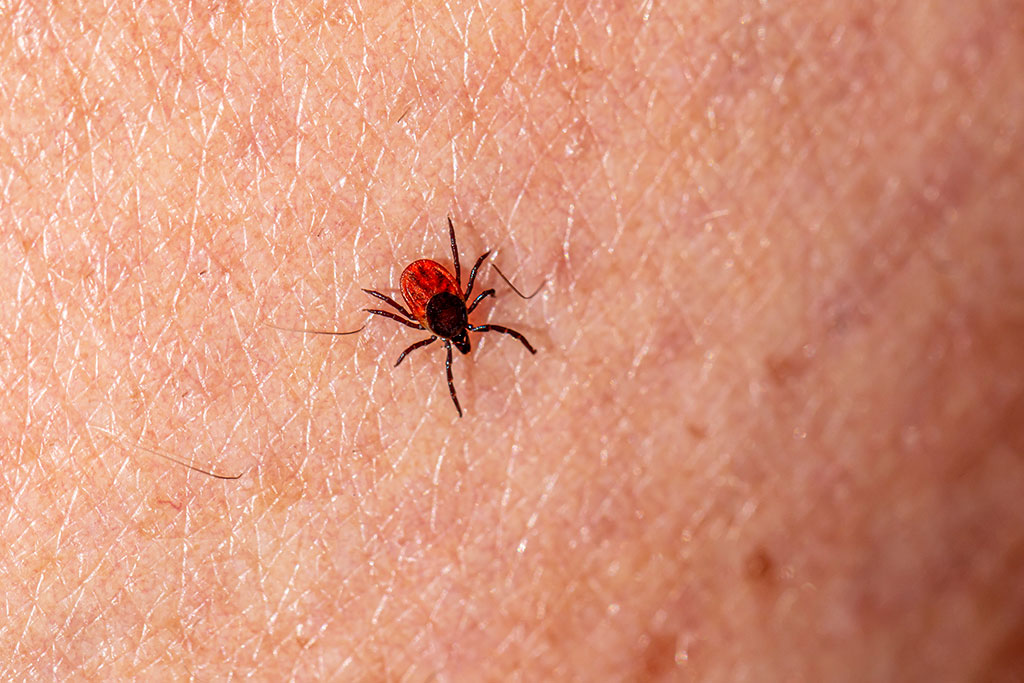Rapid Diagnostic Tool to Revolutionize Diagnosis of Tick-Borne Diseases
Posted on 11 Oct 2022
Tick-borne illnesses have ballooned in recent years. Tick-borne pathogens can be passed to humans by the bite of infected ticks. Those ticks can carry bacteria, viruses or parasites. Now, a team of biomedical engineers is working to ramp up and reimagine how medical professionals diagnose tick-borne infections such as Lyme disease.
Scientists at West Virginia University (Morgantown, WV, USA) are developing a tool that more quickly detects tick-borne diseases via a blood sample on a single chip. Their model aims to detect disease within one to two weeks after the onset of an infection, whereas existing approaches rely on a symptom-based questionnaire – which might ask if a person has a fever or a rash – and tests that aren’t reliable until at least a few weeks after infection. Their project was recently awarded USD 1.2 million as a joint initiative between the National Science Foundation and the National Institutes of Health.

The research will involve cross-disciplinary use of microfluidics, sensors and machine-learning. Those factors will enable improved diagnosis of tick-borne infections via a non-invasive, affordable, quick and user-friendly tool. After collecting a blood sample from a patient, the tool will analyze the cells. All cells have a set of dielectric properties like permittivity and conductivity that are unique for cell membrane and cell cytoplasm. Those properties are heavily dependent on the state of the cell, such as whether it is normal or abnormal.
The unique properties depend on the shape and size of the cell; if the membrane is rough, smooth or leaky; and what is happening within the cell interior. Once a few drops of blood enter the device, an electric field will sort them based on the state, size and shape of the cells. The sorted cells will have a baseline value of capacitance that will show up by the sensor and thus we can conclude the type of infection. What makes the project more unique is its ability to detect multiple tick-borne infections at once, and in a timely fashion.
“Most tests available currently are symptom-based and symptoms develop four to six weeks after a tick bite,” said Soumya Srivastava, assistant professor at the Benjamin M. Statler College of Engineering and Mineral Resources, who is leading the team. “Our platform can detect these diseases early on, within one to two weeks, in under 30 minutes using a portable diagnostic tool. If successful, this tool may be useful for a variety of health applications beyond tick-borne diseases. Rapid detection could reduce the risk of hospitalization, doctor’s visits and prevent the disease from progressing into a chronic, life-long condition.”
Related Links:
West Virginia University













